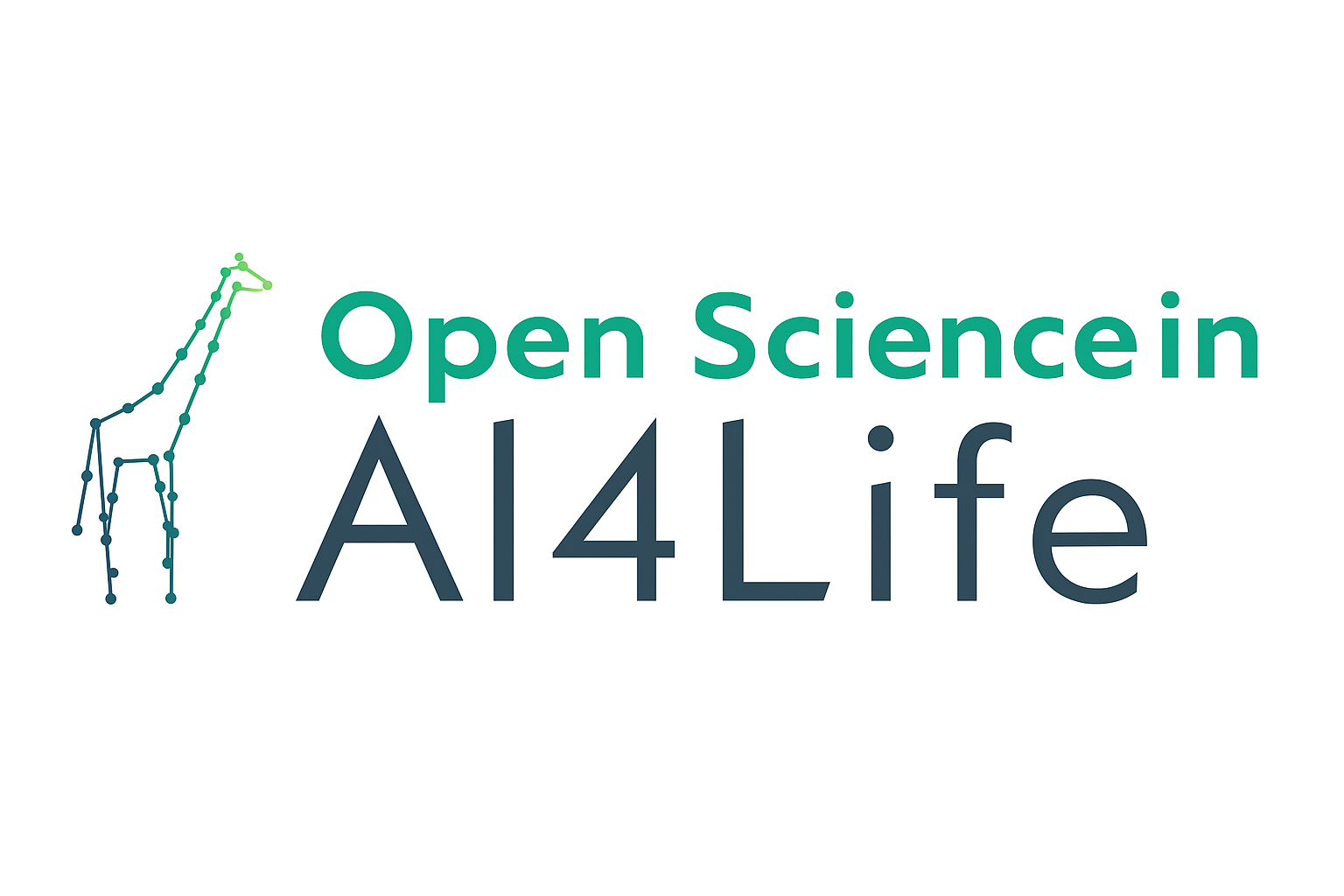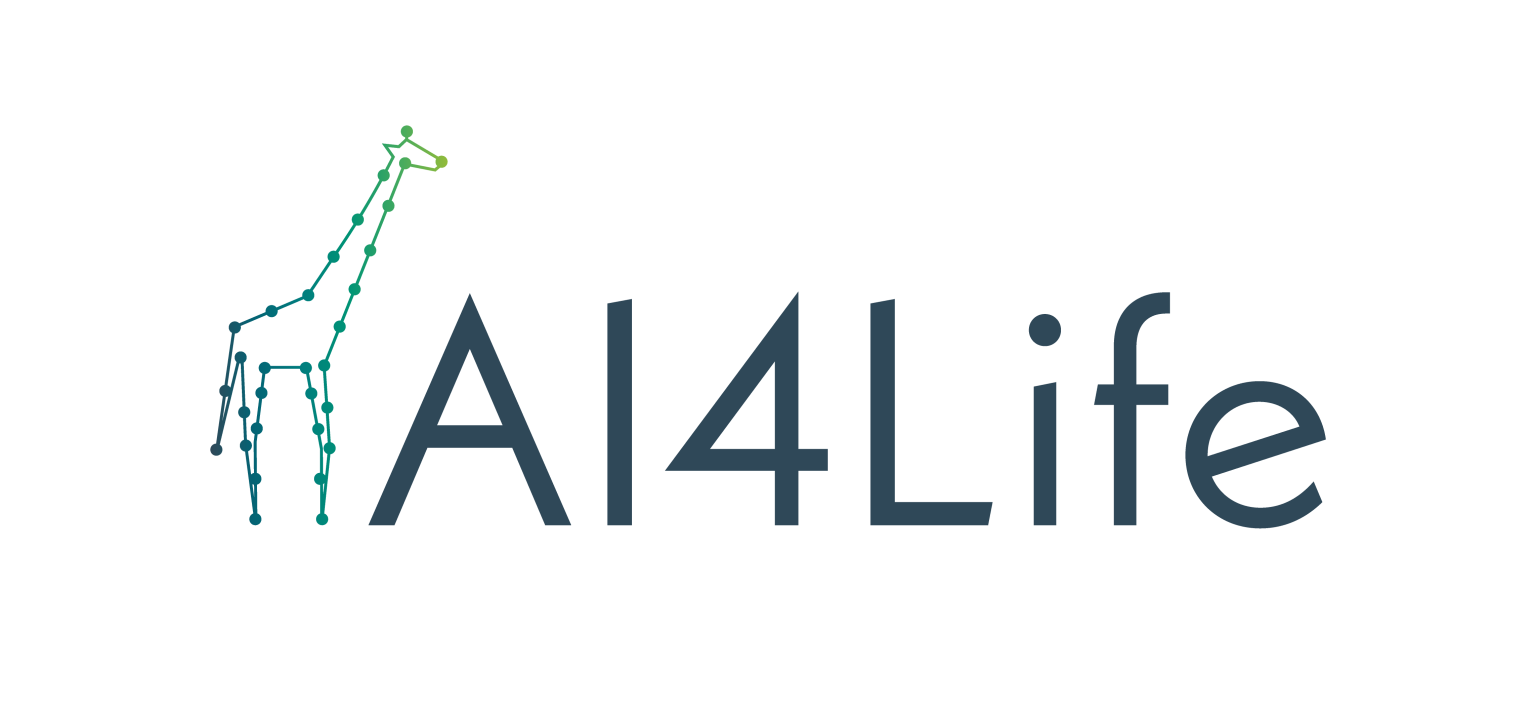In retrospect: Open Science in AI4Life
From the beginning, AI4Life has treated Open Science as a foundation for how research should be shared, reused, and built upon. It has ensured that its results are accessible to everyone, not just those inside the consortium.
Sharing early, sharing widely
To make knowledge travel faster, AI4Life partners share their manuscripts and technical reports as preprints long before formal publication on platforms like bioRxiv, arXiv, and Zenodo. This way, project partners have invited feedback from the global community and prevented valuable work from staying behind paywalls or review delays.
AI4Life also opened its infrastructure and services to the outside world through Open Calls and Challenges, allowing researchers and developers everywhere to both contribute to and benefit from solutions to real imaging problems.

Open tools, open infrastructure
A significant contribution of AI4Life to Open Science is the development of tools and platforms that make AI models for image analysis easy to find, run, and reuse:
- BioImage Model Zoo: a public repository of AI models for microscopy and bioimaging, where each model is openly licensed, versioned, and citable.
- BioEngine: a web-based environment that lets users run AI models and workflows in the browser or on cloud resources.
- Integration with community tools: Platforms like DL4MicEverywhere, BiaPy, CAREamics, deepImageJ, ilastik, ImJoy, SpotMAX, and ZeroCostDL4Mic bring these AI4Life tools directly into the daily workflows of life scientists.
Open by design
AI4Life ensures openness by:
- Publishing data, code, and models under open licenses (MIT, BSD, Creative Commons).
- Assigning DOIs and permanent identifiers so each model version can be cited and traced.
- Storing resources openly in Zenodo, the BioImage Model Zoo (BioImage.IO), and the BioImage Archive.
- Requiring reproducibility tests for every model in the BioImage Model Zoo, models must include test inputs/outputs and pass automated checks.
- Using containerised environments (e.g. DL4MicEverywhere) allows tools to run the same way on any computer, cluster, or cloud system.
A community effort – Working together, not alone
AI4Life has actively fostered open engagement with both the imaging and AI development communities, recognising that building impactful infrastructure requires collective effort. Through workshops, hackathons, and other collaborative activities, the project has invited external researchers, tool developers, and domain experts to co-create solutions, share insights, and shape the direction of the AI4Life services and infrastructure. This inclusive approach ensures that the tools and standards developed are not only technically sound but also aligned with the real-world needs of diverse scientific communities.
To that end, AI4Life also works closely with European Research Infrastructures (Euro-BioImaging ERIC, EMBRC, EU-OPENSCREEN, Instruct ERIC, EMPHASIS) and a growing network of Community Partners. These organisations help embed AI4Life tools into their daily activities and disseminate their results.
By combining early sharing, open infrastructure, community collaboration, and automated reproducibility checks, AI4Life has built trust, transparency, and long-term impact, ensuring that the tools created today remain useful for researchers tomorrow.
Stay connected
Community governance is open and transparent. Anyone can join our weekly Wednesday meetings at 16:00 CE(S)T:
- First week of the month: Community Board (with current and prospective Community Partners).
- Other weeks: Technical Board (with Task Forces spun up as needed).
The same Zoom link will be used for all meetings, and agendas are kept in HackMD, and meeting notes are posted to GitHub for wider visibility (details here).
Follow Euro-BioImaging and our partners to hear more about upcoming developments, community opportunities, and how you can get involved in shaping the BioImage Model Zoo.
And don’t forget to subscribe to the Euro-BioImaging Newsletter!
